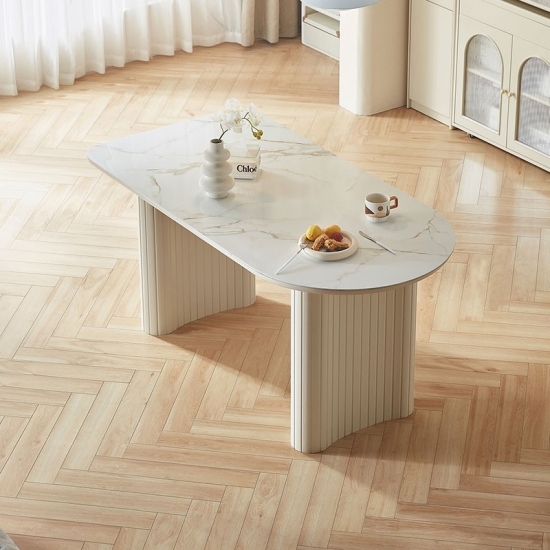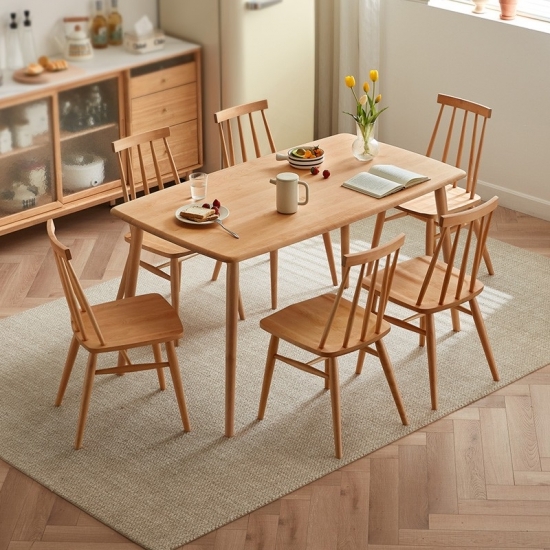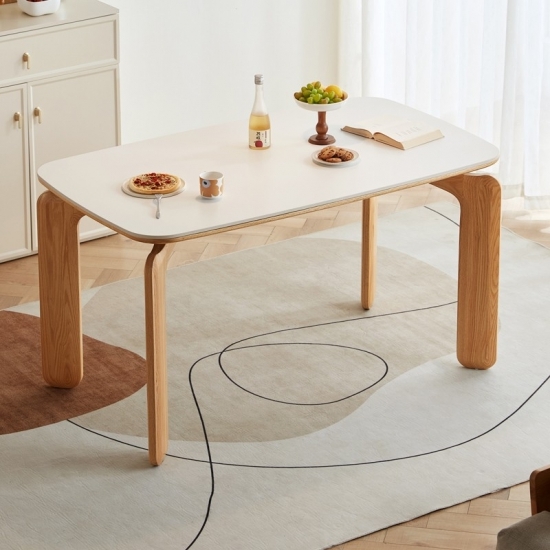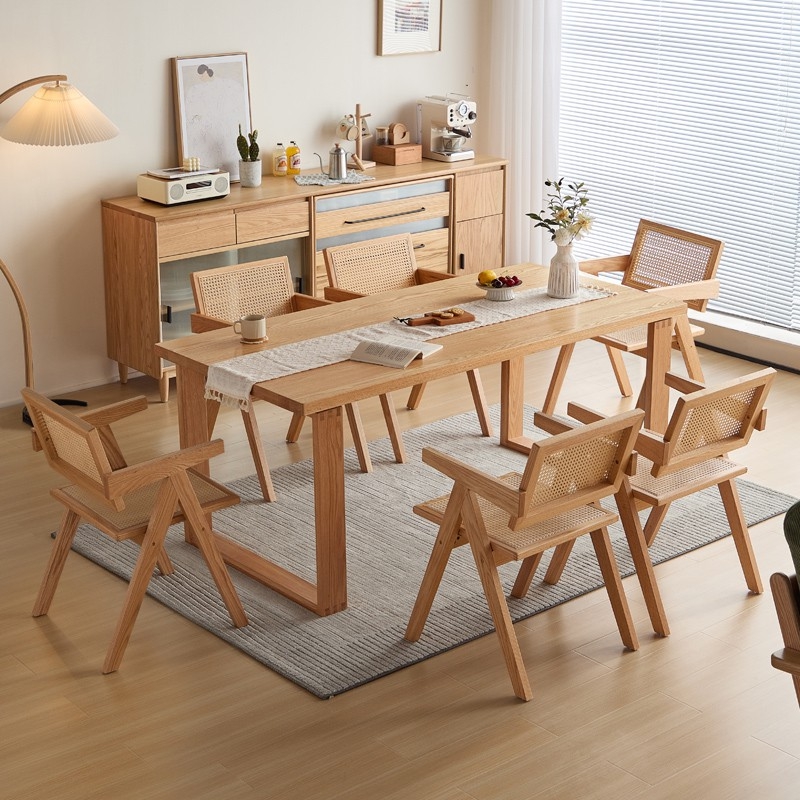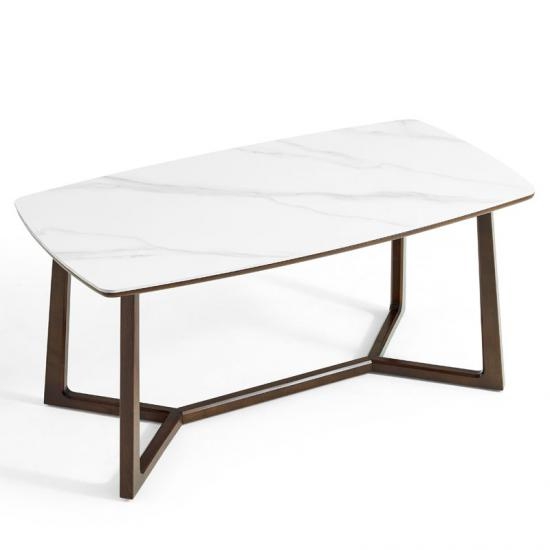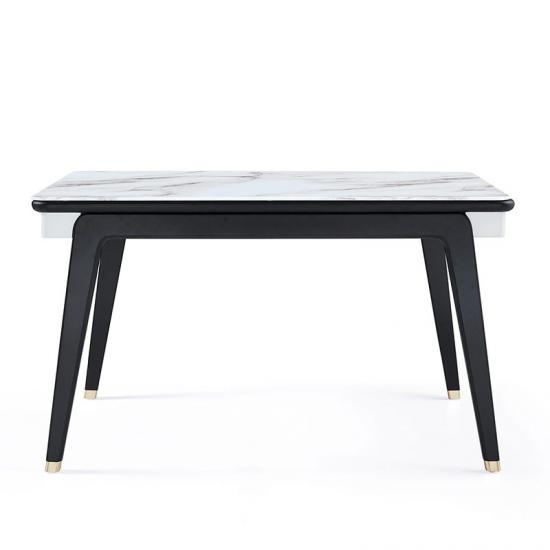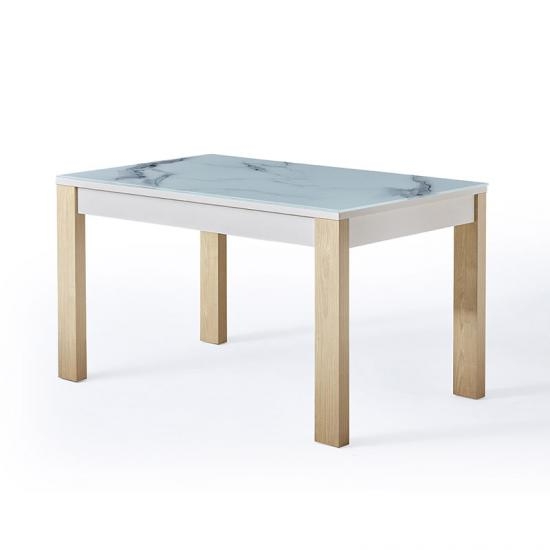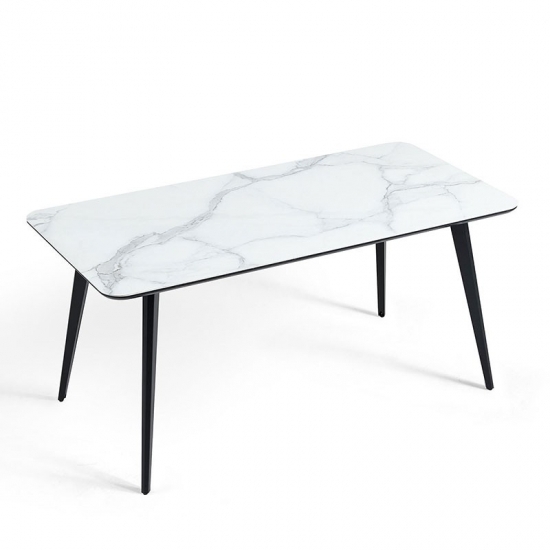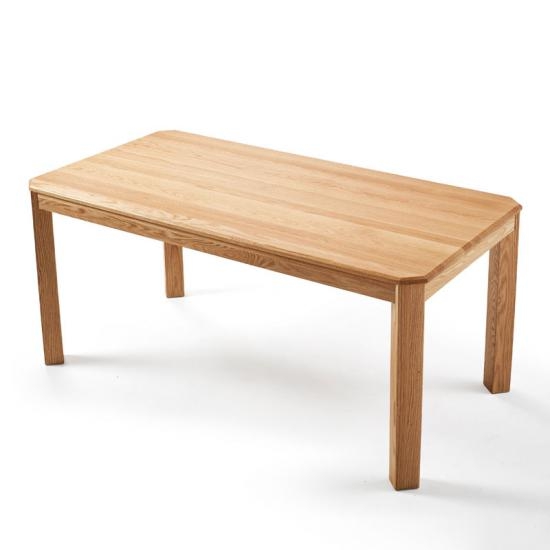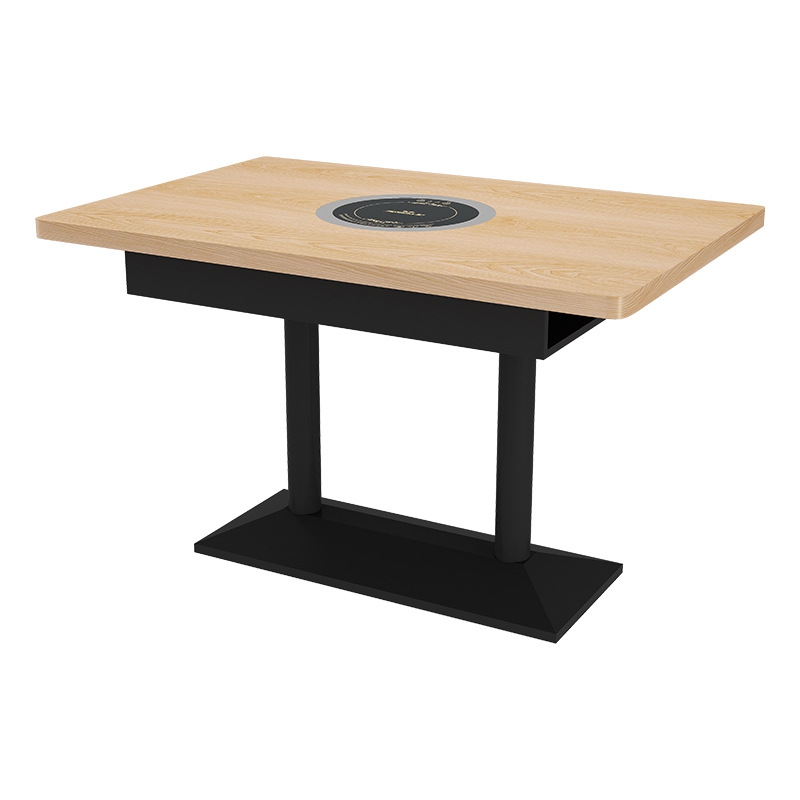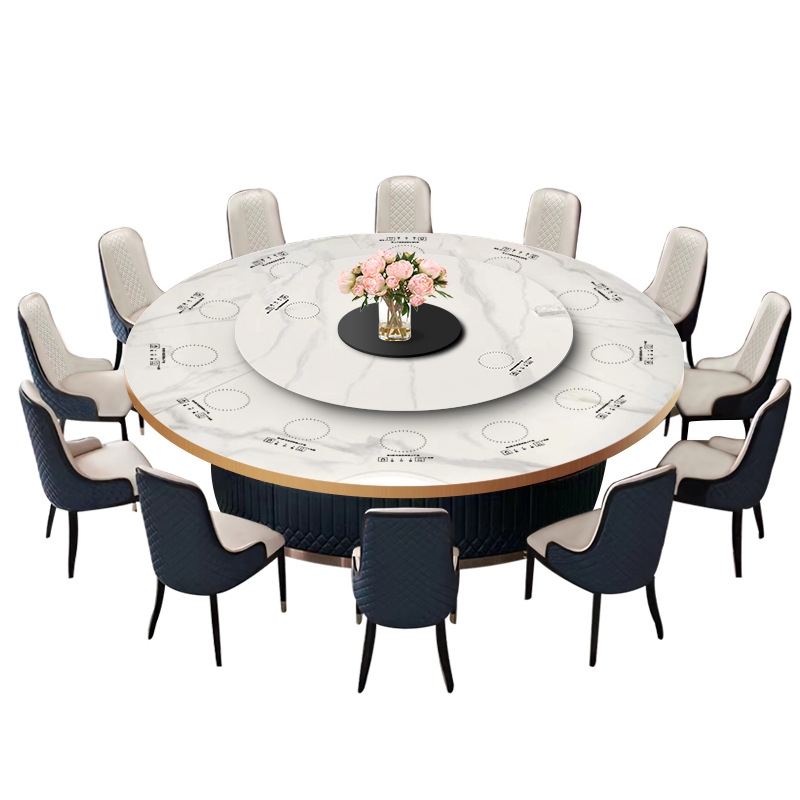Choosing the Right Hotel Dining Table for Style & Durability
Publish Time: 2025-06-28
Material Performance
Solid hardwoods (oak, walnut) provide warmth and strength, while powder-coated steel or aluminum frames resist corrosion in high-traffic restaurant settings. Composite tops (e.g., HPL) offer stain resistance and easy cleaning.

Shape & Scale
Round tables encourage conversation in intimate settings; rectangular layouts maximize seating for banquets. Match the table footprint to your floorplan—ensure at least 600 mm clearance around each side for comfortable service and guest flow.
Edge & Finish Options
Beveled or bullnose edges reduce wear on linens and uniforms. High-pressure laminate or acrylic finishes withstand repeated sanitization. Custom veneers can reinforce brand palette while safeguarding against scratches.
Leg & Base Stability
Central pedestal bases free up legroom and cleaning access beneath tables. Four-leg constructions offer exceptional stability for heavy tabletop loads (e.g., decorative centerpieces). Test wobble resistance before procurement.
Maintenance & Lifecycle
Opt for replaceable tops and modular legs to facilitate on-site repairs. Investing in high-density core materials extends service life by 3–5 years compared to budget alternatives, lowering total cost of ownership.
Selecting the right hotel dining table combines form and function—delivering guest satisfaction and operational efficiency in equal measure.



